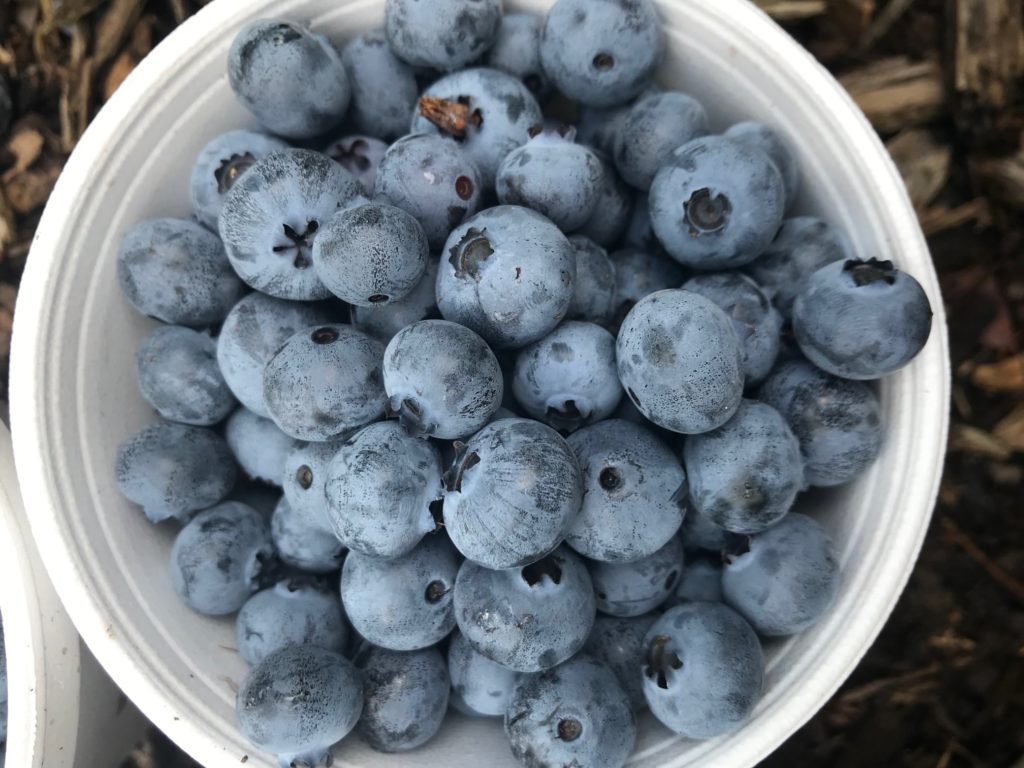How Can We Help?

Equipment
No matter what size a glean is, proper equipment makes the task go smoothly and facilitates proper transportation to keep produce in good shape. Supplies that are purchased new can be costly. Search local facebook pages, craigslist, garage sales, thrift stores, and farm sales for what your organization needs. Be sure to have a proper, secure place to store any equipment to ensure it can remain in use for years to come. Squatting or kneeling for large periods of time can damage clothing and cause knee pain. With bush and ground fruit, consider bringing upturned crates for gleaners to sit on while harvesting in one place.
General fruit tree equipment: Appropriate crates are the size of typical milk crates- be wary of using bigger ones, which get too heavy to carry when full. Also, one 6-8ft orchard ladder, one small 1-2ft step ladder, bungee cords, pickers’ bags or reusable grocery bags, closed-toed shoes, and fruit pickers. Due to the risk of falling tree fruit, debris, and whipping branches, wearing safety glasses is recommended. Masking tape and a sharpie can be used to label individual crates with fruit variety or other information.
Apples and Pears: Fruit pickers work well with apple and pear trees. Sort picked fruit into small, medium, and large sized crates.
Plums: Large, shallow crates work best for transporting and storing soft, ripe plums. Be wary of using wire fruit-pickers; the tines frequently pierce the soft fruit and render it inedible. When utilizing a pickers’ bag or reusable grocery bag, empty frequently and carefully.
Tomatoes: Large, shallow crates work best for transporting and storing soft, ripe tomatoes.
Raspberries and Cherry Tomatoes: Line a large, shallow crate with disposable paper cups or berry punnets to pick directly into. When harvesting fruit, make sure fruit is whole and intact, with no split skin or mold. Attempt to harvest these fruits right before distribution, as they do not keep long after being picked.
Kale: Hardy greens like kale are capable of wilting if stored improperly. Harvest kale into clean crates. Kale can be stored in bulk with leaves lying one on top of another, or it can be rubber banded in the field and stored stem-down in the crates (think flower bouquet). As quickly as possible, sprinkle the layers of kale with clean water, and put crates into an unscented plastic garbage bag, or other loose plastic covering. Loosely tie the bag closed and insert the wrapped crates into a refrigerator with a label indicating what the product is and when it was harvested.


